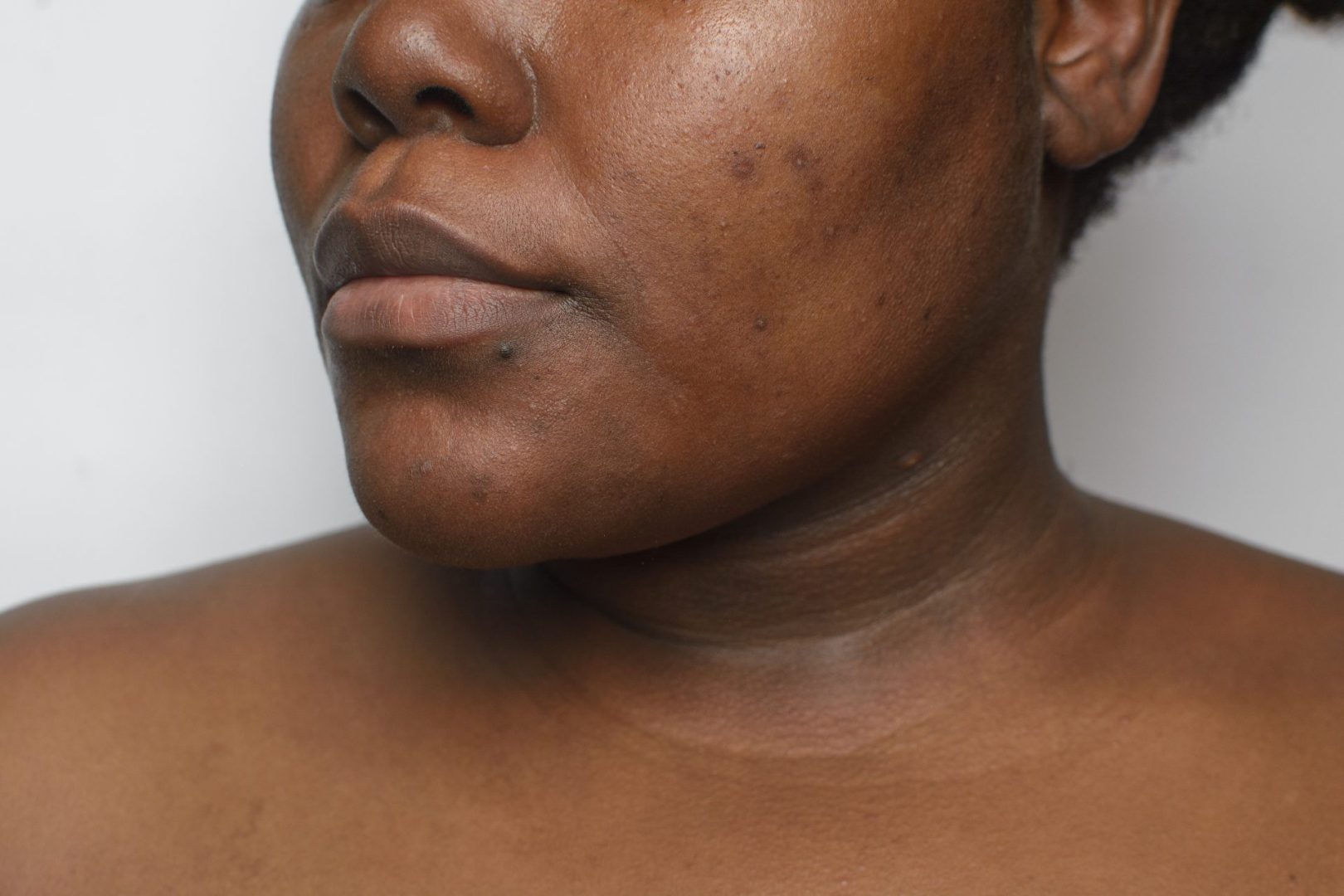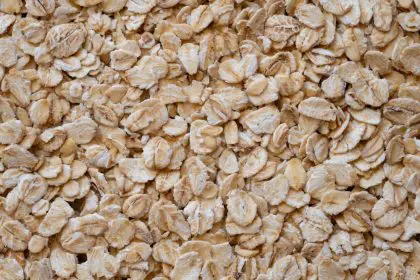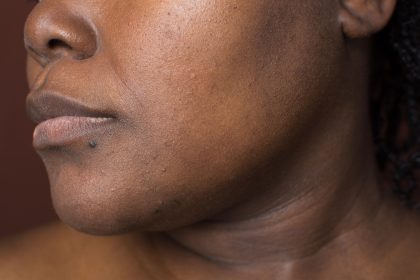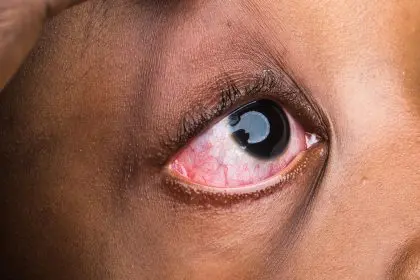The mirror doesn’t lie when it reflects back a complexion that appears tired, lackluster, and years older than your actual age. Dull skin has a devastating ability to instantly transform a youthful face into one that looks weathered and worn, regardless of how energetic or healthy you might feel inside.
This loss of natural radiance doesn’t happen overnight, but rather results from a combination of factors that gradually strip away the bright, luminous quality that characterizes healthy, youthful skin. Understanding these culprits becomes crucial for anyone who has noticed their reflection looking increasingly tired and aged, even when they feel vibrant and well-rested.
The good news lies in recognizing that dull skin represents a condition rather than an inevitable part of aging, meaning that identifying and addressing the underlying causes can restore much of the natural glow that makes skin appear fresh and youthful. The transformation from dull to radiant can happen more quickly than the gradual dulling process, offering hope for immediate improvements in appearance.
Each factor contributing to skin dullness operates through different mechanisms, from disrupting cellular renewal processes to interfering with blood circulation and nutrient delivery to skin cells. By understanding how these various elements work individually and in combination, it becomes possible to target interventions that restore the natural brightness that reflects health and vitality.
The science behind radiant versus dull skin
Healthy, glowing skin reflects light evenly across its surface, creating the luminous appearance that we associate with youth and vitality. This light reflection occurs when skin cells are properly hydrated, regularly renewed, and supported by adequate blood flow that delivers nutrients while removing waste products.
Dull skin, by contrast, scatters light unevenly due to irregularities in the skin’s surface texture, accumulated dead cells, and compromised cellular function that affects how light interacts with the skin’s surface. These changes create the flat, lifeless appearance that instantly adds years to one’s perceived age.
The cellular turnover process that naturally sheds old skin cells and replaces them with fresh, healthy ones slows significantly as various factors interfere with this renewal cycle. When dead cells accumulate on the skin’s surface instead of being efficiently removed, they create a barrier that prevents light from reflecting properly and blocks the natural radiance from showing through.
Blood circulation to the skin plays a crucial role in maintaining the rosy, vibrant undertone that contributes to a youthful appearance. When circulation becomes compromised, skin loses this healthy flush and takes on the grayish, ashen quality that characterizes dull, aged-looking complexions.
1. Sleep deprivation stealing your glow
Poor sleep quality and insufficient sleep duration directly impact skin appearance, with visible changes occurring after just one night of inadequate rest. During sleep, the body increases blood flow to the skin while engaging in crucial repair processes that maintain cellular health and appearance.
The growth hormone released during deep sleep stages plays a vital role in skin cell regeneration and collagen production, processes that keep skin looking firm, smooth, and radiant. When sleep is disrupted or insufficient, these repair mechanisms cannot function optimally, leading to accumulation of cellular damage that manifests as dullness.
Cortisol levels, which naturally rise with sleep deprivation, interfere with the skin’s barrier function and reduce its ability to retain moisture. This hormonal disruption creates a cascade of effects that leave skin looking dehydrated, rough, and lacking in natural luminosity.
The lack of adequate rest also affects circulation patterns, reducing blood flow to the skin and creating the pale, tired appearance that instantly ages the complexion. Dark circles and under-eye bags compound this effect, creating an overall appearance of fatigue that extends beyond just the eye area.
2. Dehydration dulling your complexion
Water plays a fundamental role in maintaining skin plumpness, elasticity, and the light-reflecting properties that create a youthful glow. When the body becomes dehydrated, skin cells shrink and lose their ability to reflect light evenly, creating the flat, lackluster appearance characteristic of dull skin.
Chronic dehydration affects the skin’s barrier function, making it less effective at retaining moisture and more susceptible to environmental damage. This compromised barrier allows water to escape more easily while permitting irritants to penetrate more deeply, creating inflammation that further dulls the complexion.
The reduction in cellular volume that occurs with dehydration creates microscopic irregularities in the skin’s surface texture, causing light to scatter rather than reflect smoothly. This scattering effect eliminates the luminous quality that makes skin appear healthy and youthful.
Dehydration also impacts blood viscosity and circulation, reducing the delivery of nutrients and oxygen to skin cells while slowing the removal of waste products. This impaired cellular function contributes to the accumulation of toxins and cellular debris that create the muddy, tired appearance associated with aged skin.
3. Dead skin cell buildup creating a barrier
The natural skin renewal process involves the continuous shedding of old, dead cells from the surface while new cells migrate upward from deeper layers. When this process becomes sluggish or disrupted, dead cells accumulate on the skin’s surface, creating a barrier that blocks natural radiance from showing through.
This cellular buildup creates an uneven surface texture that scatters light rather than reflecting it smoothly, immediately dulling the complexion and making skin appear older and less vibrant. The accumulated dead cells also trap dirt, oil, and environmental pollutants, further contributing to the lackluster appearance.
Environmental factors, harsh skincare products, and natural aging all contribute to disrupted cellular turnover, but the accumulation effect compounds over time if not addressed through appropriate exfoliation methods. The longer dead cells remain on the skin’s surface, the more they interfere with the natural renewal process.
The thickness of this dead cell layer varies across different areas of the face, creating uneven skin tone and texture that adds to the aged appearance. Areas with thicker buildup appear noticeably duller and may develop a rough, flaky texture that emphasizes fine lines and imperfections.
4. Poor circulation robbing skin of nutrients
Adequate blood circulation delivers essential nutrients and oxygen to skin cells while removing metabolic waste products that can accumulate and create dullness. When circulation becomes compromised, skin takes on a grayish, ashen quality that instantly ages the appearance.
Sedentary lifestyles, poor posture, and lack of physical activity all contribute to reduced circulation, particularly to the facial area where the effects are most visible. The reduced blood flow means fewer nutrients reach skin cells, while waste products accumulate more readily, creating the perfect conditions for dull, lifeless-looking skin.
Cold temperatures, stress, and certain medications can also constrict blood vessels, further reducing circulation and contributing to the pale, tired appearance that characterizes dull skin. This vascular constriction removes the natural rosy undertone that contributes to a healthy, youthful complexion.
Facial massage, exercise, and other circulation-boosting activities can help restore the natural flush that indicates healthy blood flow, but chronic circulation problems require addressing underlying lifestyle factors that contribute to vascular compromise.
5. Environmental damage from pollution and UV exposure
Daily exposure to environmental pollutants, UV radiation, and other damaging elements creates oxidative stress that accelerates skin aging while dulling the natural radiance. These environmental factors generate free radicals that damage cellular structures and interfere with normal skin function.
UV radiation, even in small daily doses, breaks down collagen and elastin fibers while causing irregular pigmentation that contributes to uneven skin tone and texture. This cumulative damage creates the rough, mottled appearance that characterizes aged, dull skin.
Air pollution particles can penetrate the skin and trigger inflammatory responses that disrupt normal cellular function while contributing to premature aging. Urban environments with high pollution levels show accelerated skin aging effects compared to cleaner environments.
The combination of UV damage and pollution exposure creates a synergistic effect that accelerates the dulling process while making skin more susceptible to other aging factors. This environmental assault requires protective measures and repair strategies to prevent progressive deterioration of skin appearance.
6. Nutritional deficiencies affecting skin health
The skin requires specific nutrients to maintain its cellular renewal processes, collagen production, and protective barrier function. Deficiencies in key vitamins, minerals, and other nutrients directly impact skin appearance, contributing to dullness and premature aging.
Vitamin C deficiency impairs collagen synthesis and antioxidant protection, leading to skin that appears rough, uneven, and lacking in firmness. This essential vitamin also plays a role in wound healing and cellular repair processes that maintain skin health and appearance.
Iron deficiency reduces oxygen delivery to skin cells, creating the pale, tired appearance that instantly ages the complexion. This mineral deficiency also affects cellular energy production, slowing renewal processes and contributing to accumulation of dead cells on the skin’s surface.
Essential fatty acid deficiencies compromise the skin’s barrier function and inflammatory response, leading to increased sensitivity, dehydration, and the dull appearance that characterizes compromised skin health. These healthy fats also support circulation and nutrient delivery to skin cells.
The cumulative effect of multiple factors
Most cases of dull, aged-looking skin result from a combination of these factors rather than a single cause, creating a compounding effect that accelerates the loss of natural radiance. Poor sleep combined with dehydration and environmental exposure creates more dramatic aging effects than any single factor alone.
The interaction between these various causes creates a downward spiral where each factor makes the others more problematic, leading to progressively duller skin that appears increasingly aged. Breaking this cycle requires addressing multiple factors simultaneously for optimal results.
Lifestyle factors often cluster together, with poor sleep leading to increased stress, reduced exercise, and poor dietary choices that all contribute to skin dullness. This interconnected nature means that improving one area often leads to improvements in others, creating positive momentum toward better skin health.
Immediate steps for restoration
The encouraging news about dull skin lies in how quickly improvements can become visible once underlying causes are addressed. Unlike some aging processes that require months to show results, restoring skin radiance can produce noticeable changes within days or weeks.
Proper hydration shows some of the fastest results, with skin plumpness and glow improving within hours of adequate water intake. This immediate response demonstrates how responsive skin can be to positive changes in care and lifestyle habits.
Gentle exfoliation to remove accumulated dead cells can instantly improve light reflection and reveal the brighter skin underneath, providing immediate gratification that motivates continued improvement efforts. This quick win helps establish positive momentum toward comprehensive skin health.
Improving sleep quality, even by just one hour per night, can produce visible improvements in skin tone and radiance within a week, demonstrating the powerful connection between rest and skin appearance. These rapid improvements help reinforce the importance of addressing lifestyle factors.
Long-term strategies for lasting radiance
Sustainable improvements in skin radiance require consistent attention to the underlying factors that contribute to dullness, rather than relying solely on topical treatments that address surface symptoms. This comprehensive approach produces more dramatic and lasting results.
Establishing daily habits that support skin health creates cumulative benefits that compound over time, leading to progressively more radiant and youthful-looking skin. These habits become easier to maintain as visible improvements provide motivation to continue.
Regular monitoring of skin changes helps identify when specific factors might be affecting appearance, allowing for quick adjustments before dullness becomes entrenched. This proactive approach prevents the need for more intensive interventions later.
The investment in addressing dull skin factors pays dividends not only in appearance but also in overall health and well-being, as many of the same factors that dull skin also impact energy levels, mood, and general vitality. This holistic benefit makes the effort worthwhile beyond just cosmetic improvements.
Understanding and addressing these six common causes of dull skin empowers anyone to reclaim their natural radiance and turn back the clock on aged-looking skin, revealing the bright, youthful complexion that reflects inner health and vitality.

















